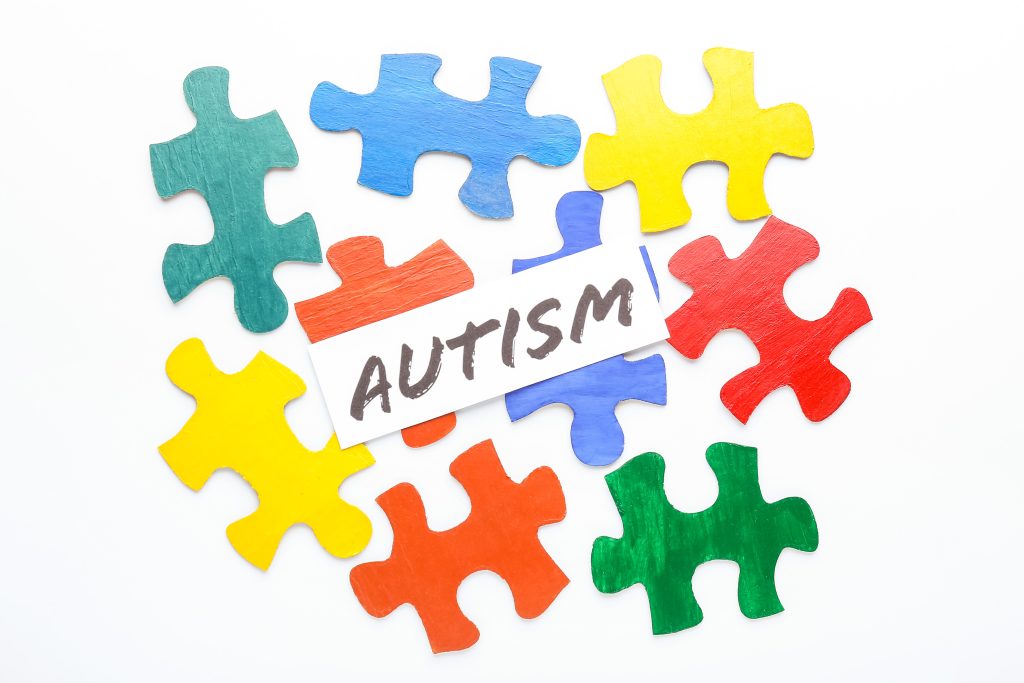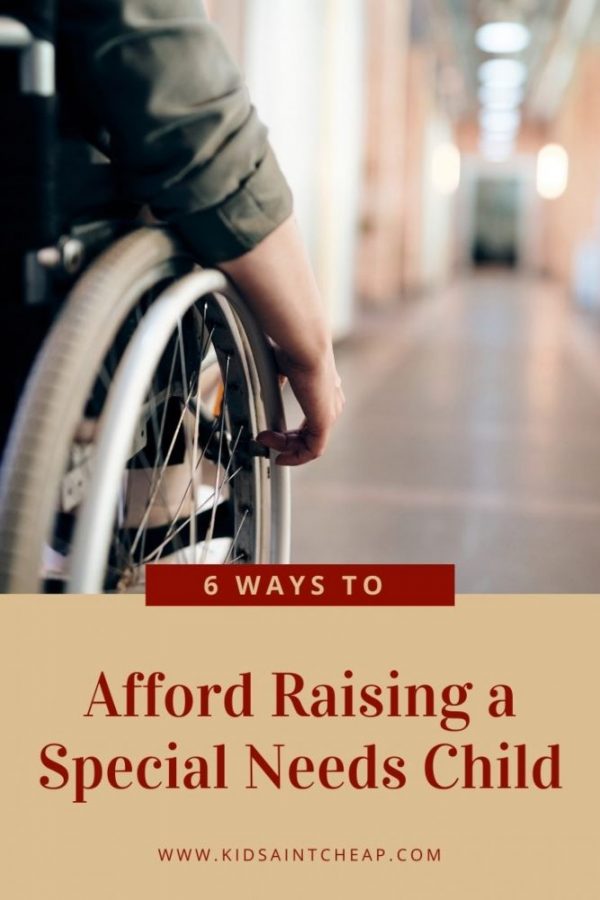
When your child is struggling, getting a diagnosis can feel like a relief—until it turns out to be wrong. Misdiagnosis in children is surprisingly common, especially as schools and doctors face increasing pressure to identify and treat issues quickly. With overlapping symptoms, changing behavior, and inconsistent access to specialized care, more kids are being misdiagnosed than ever before. These labels can follow them for years, affecting how they’re taught, treated, and even how they see themselves. Let’s look at five conditions that are most frequently misdiagnosed in children—and how to make sure your child gets the right support.
1. ADHD (Attention-Deficit/Hyperactivity Disorder)
ADHD tops the list of conditions where kids are being misdiagnosed, and the reasons are complex. Many of the core symptoms—like distractibility, fidgeting, and impulsiveness—can also be signs of anxiety, trauma, or even a lack of sleep. Some kids are misdiagnosed simply because they’re more active than their peers or don’t fit into a traditional classroom mold. A rushed evaluation without input from teachers, parents, and psychologists can lead to unnecessary medication or stigma. If ADHD is suggested, seek a comprehensive assessment and consider multiple opinions before moving forward.
2. Autism Spectrum Disorder (ASD)
Autism spectrum disorder is another condition where early intervention is vital, but misdiagnosis is becoming more frequent. Some children with sensory issues, speech delays, or social anxiety may be inaccurately diagnosed with autism when another explanation fits better. On the flip side, some girls and children of color are underdiagnosed because they don’t match the “classic” profile. The rise in awareness is positive, but it’s also led to quicker labeling in some cases. Accurate diagnosis requires time, careful observation, and expertise from professionals familiar with how autism presents across different populations.
3. Pediatric Bipolar Disorder
It’s scary for any parent to hear the word “bipolar” used in relation to a child, especially since this diagnosis is often based on extreme mood swings or behavior outbursts. However, more kids are being misdiagnosed with pediatric bipolar disorder when they may actually have ADHD, depression, or even a trauma-related condition. The symptoms can overlap, but the treatments are very different—and the wrong medication can worsen things. A thorough psychiatric evaluation is crucial before accepting a diagnosis of bipolar disorder in a child under 12. Look for a provider who specializes in pediatric mental health and not just general behavior issues.
4. Oppositional Defiant Disorder (ODD)
ODD is commonly diagnosed when a child is consistently defiant, angry, or argumentative with authority figures. But what if the real issue is that the child is dealing with undiagnosed anxiety, sensory processing challenges, or problems at home? Unfortunately, kids are being misdiagnosed with ODD when their behavior is a response to something deeper. This label can lead to punishment-based interventions rather than compassionate care. Instead of focusing solely on the behavior, professionals should look at the emotional and environmental context behind it.
5. Learning Disabilities
Learning disabilities like dyslexia, dyscalculia, and dysgraphia are real—and more recognized than ever—but they’re also tricky to diagnose accurately. Sometimes kids who are simply behind due to lack of instruction or support get labeled with a learning disability. Other times, a child with an undiagnosed hearing or vision issue is assumed to have a cognitive delay. Misdiagnosing a learning disability can lead to the wrong kind of help—or no help at all. Always request a full psychoeducational evaluation before accepting a diagnosis, and consider retesting as your child grows.
A Label Shouldn’t Define a Child—But Accuracy Matters
It’s important to remember that a diagnosis can open doors to support, but a wrong diagnosis can close them just as fast. With more kids being misdiagnosed, parents need to become active participants in the evaluation process. That means asking questions, getting second opinions, and checking in regularly to make sure the label still fits. Your child is more than any diagnosis, and they deserve care that reflects their full, complex self.
Have you ever questioned a diagnosis your child received? What steps did you take to find answers? Share your story in the comments to help other parents navigate the same journey.
Read More:
10 Reasons You Should Have a Copy of Your Child’s Medical Records
8 Snacks That Kids Love and Doctors Hate
Catherine is a tech-savvy writer who has focused on the personal finance space for more than eight years. She has a Bachelor’s in Information Technology and enjoys showcasing how tech can simplify everyday personal finance tasks like budgeting, spending tracking, and planning for the future. Additionally, she’s explored the ins and outs of the world of side hustles and loves to share what she’s learned along the way. When she’s not working, you can find her relaxing at home in the Pacific Northwest with her two cats or enjoying a cup of coffee at her neighborhood cafe.



















